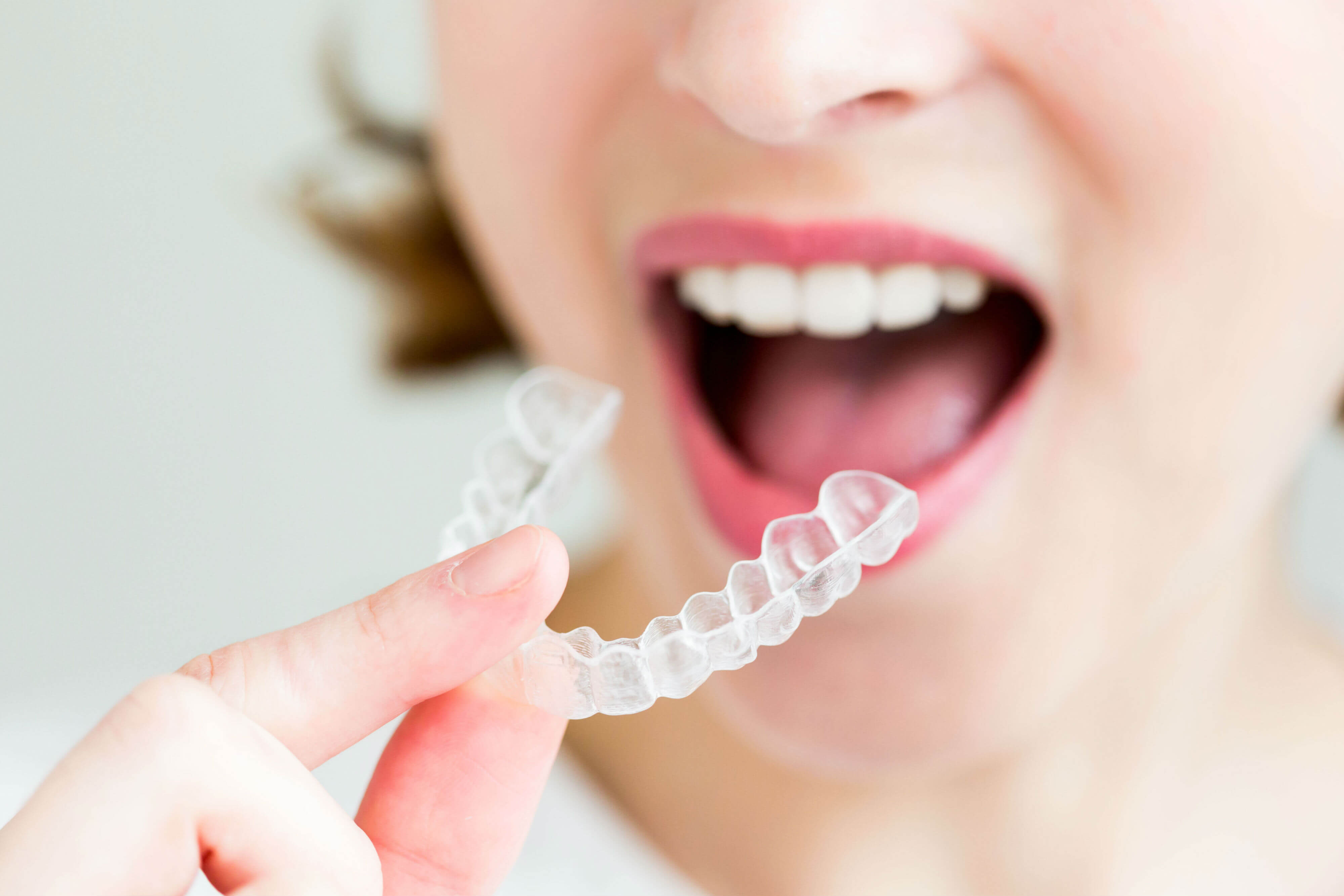
Invisalign for Kids and Adults in Chatsworth CA Topanga Dental
Invisalign can treat an underbite using rubber bands that hook from your top back molar to your lower canines. Invisalign rubber bands for anterior open bites An anterior open bite is when.
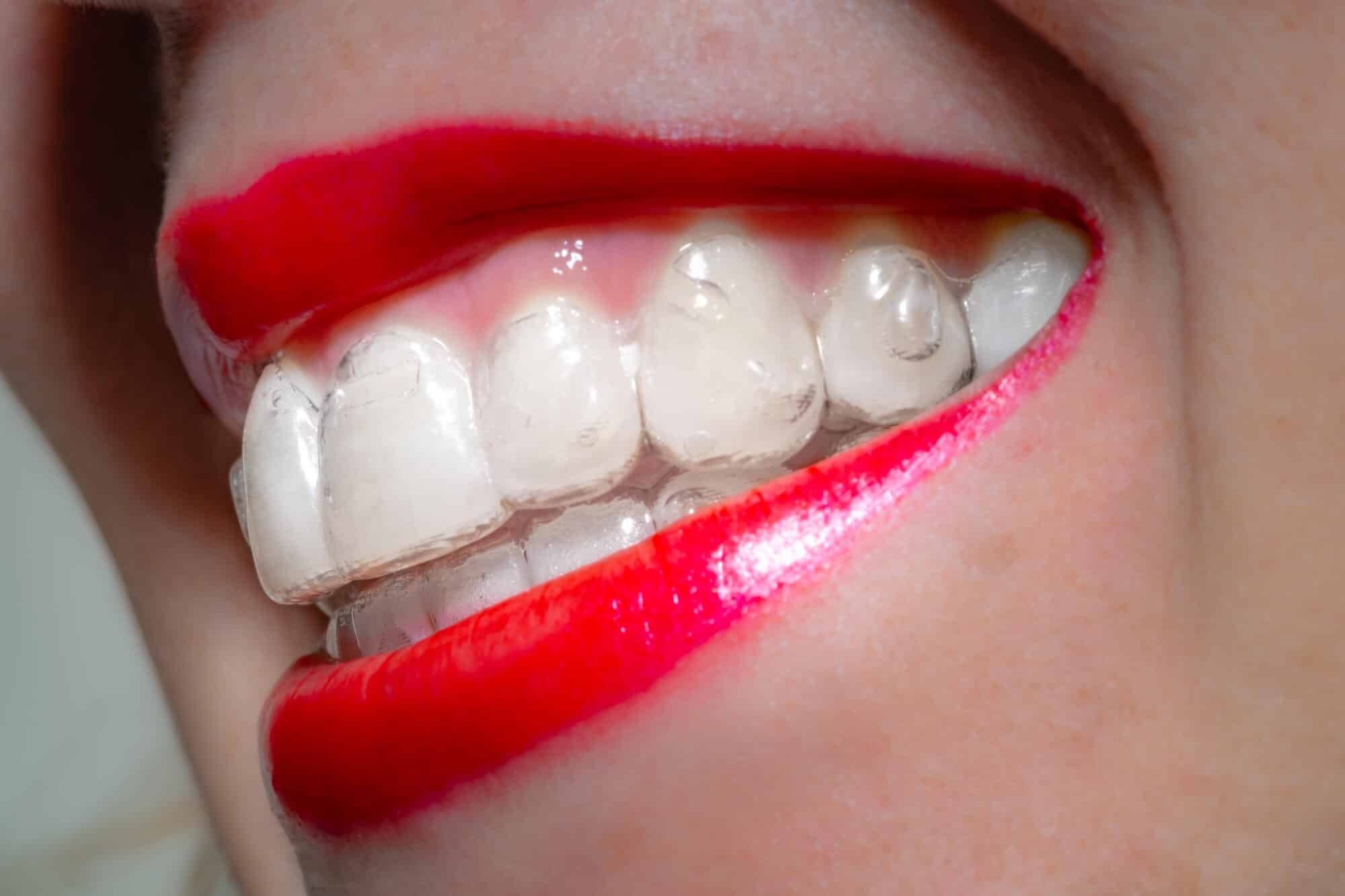
Invisalign Before and After 6 Things You Should Know Carolina Smiles
Invisalign rubber bands provide that needed force. Invisalign rubber bands are transparent, flexible rings of elastic that connect the top and bottom teeth. The bands, one on each side of your mouth, produce added pressure that gradually moves the top and bottom rows of teeth into alignment with each other, correcting your bite.

Clear Aligner and Class II Crosselastics Affinity Dental Care Burlington
Rubber bands stretch from the top row of teeth down to the bottom row, with one on each side of your mouth. They loop around buttons or hooks on specific teeth. The placement of the hooks or buttons depends on what problem your orthodontist is addressing.

Invisalign Clear Aligners What is Invisalign and how does it work?
What Are Invisalign Rubber Bands? Invisalign clear aligners use small, discreet rubber bands. These bands connect the top and bottom rows of teeth. The bands apply force to the aligners. This force helps to correct bite alignment. Now, let's discuss how to attach rubber bands to Invisalign aligners.

Elastics Marin Ortho Orthodontist Larkspur Bay Area
3.1 Conclusion Invisalign Rubber Bands A popular alternative to traditional braces, Invisalign, utilizes its own unique type of rubber bands. These particular rubber bands are essential in treating certain orthodontic issues. They work in tandem with the Invisalign aligners to help adjust your teeth and jaw into the correct position.
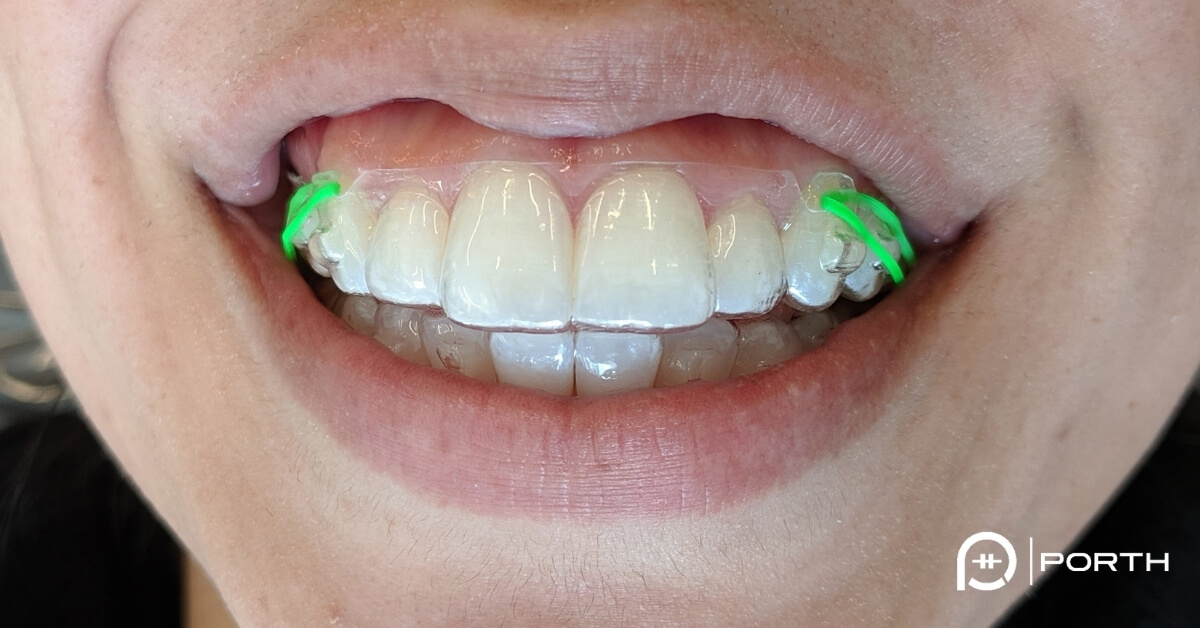
Elastics on Invisalign or Clear Aligners Modern Orthodontic Clinic in
Demystifying Invisalign Rubber Bands: A Comprehensive Guide; Understanding Pain and Discomfort with Retainers (And How to Alleviate It) Orthodontist Colorado Springs for Your Braces | Expert Reviews; Understanding the MARA Appliance: A Comprehensive Guide; Smoking with Braces - What You Need to Know!
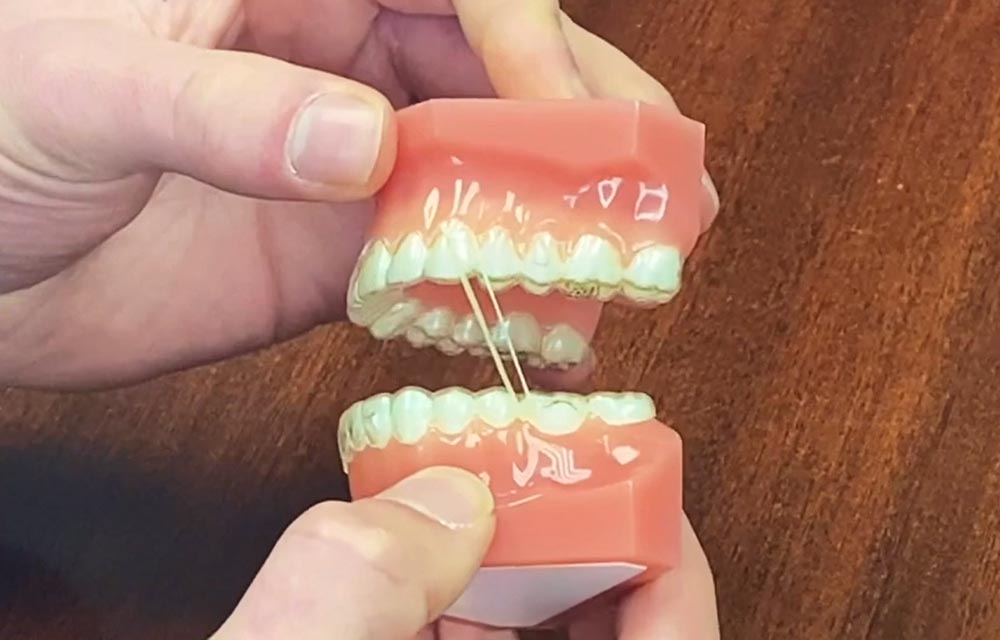
Elastics Hack for Invisalign & Spark Clear Aligners Rockford & Grand
Invisalign rubber bands, or inter-arch rubber bands, are tiny, high-strength latex bands used in orthodontic treatments. They are not a standard feature in every Invisalign case but are often included in plans that require bite alignment or more complex adjustments. Invisalign elastics Different Types
Done! 7 months total... 6 months of rubber bands and IPR included
Elastics are elastic bands that are also used to direct tooth movement. Elastic bands are used with traditional metal braces and the elastics used during Invisalign treatment is a nearly identical process. An elastic band will run from an upper tooth to a lower molar. The buttons serve as a place of attachment for elastics.
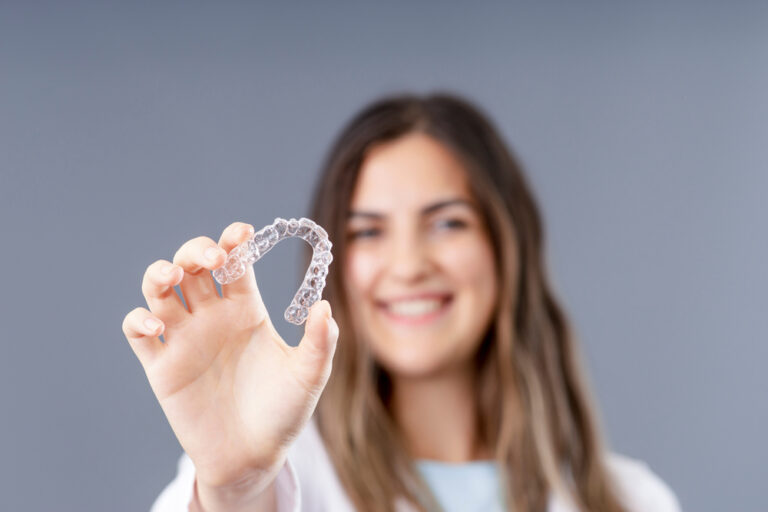
Invisalign Rubber Bands Or Attachments Who Need Them Okuda & Noorda
Invisalign Rubber Bands Edited by Dr Febin Mary George - Dental Surgeon Evidence-based Extensive Research Jump to Section Rubber Bands and Attachments for Invisalign How Invisalign rubber bands work with the clear aligners Can Invisalign treatment work without the attachments and rubber bands?

RUBBER BANDS FOR INVISALIGN CLEAR ALIGNERS & BRACES l Dr. Melissa
Invisalign rubber bands are small elastics that can be used alongside Invisalign to straighten a patient's teeth and correct bite issues. They are typically anchored to the teeth via small buttons or hooks that are bonded to the teeth and can be removed and reattached by the patient on their own.

What Are Invisalign Rubber Bands? Patuxent Orthodontics
Invisalign rubber bands are small elastics that can be used for both Invsialign and braces. These elastics are placed on a braces hook or Invisalign button on the top teeth and bottom teeth. They apply persistent pressure to the jaw bones to promote a healthy alignment between the top and bottom jaw bones.
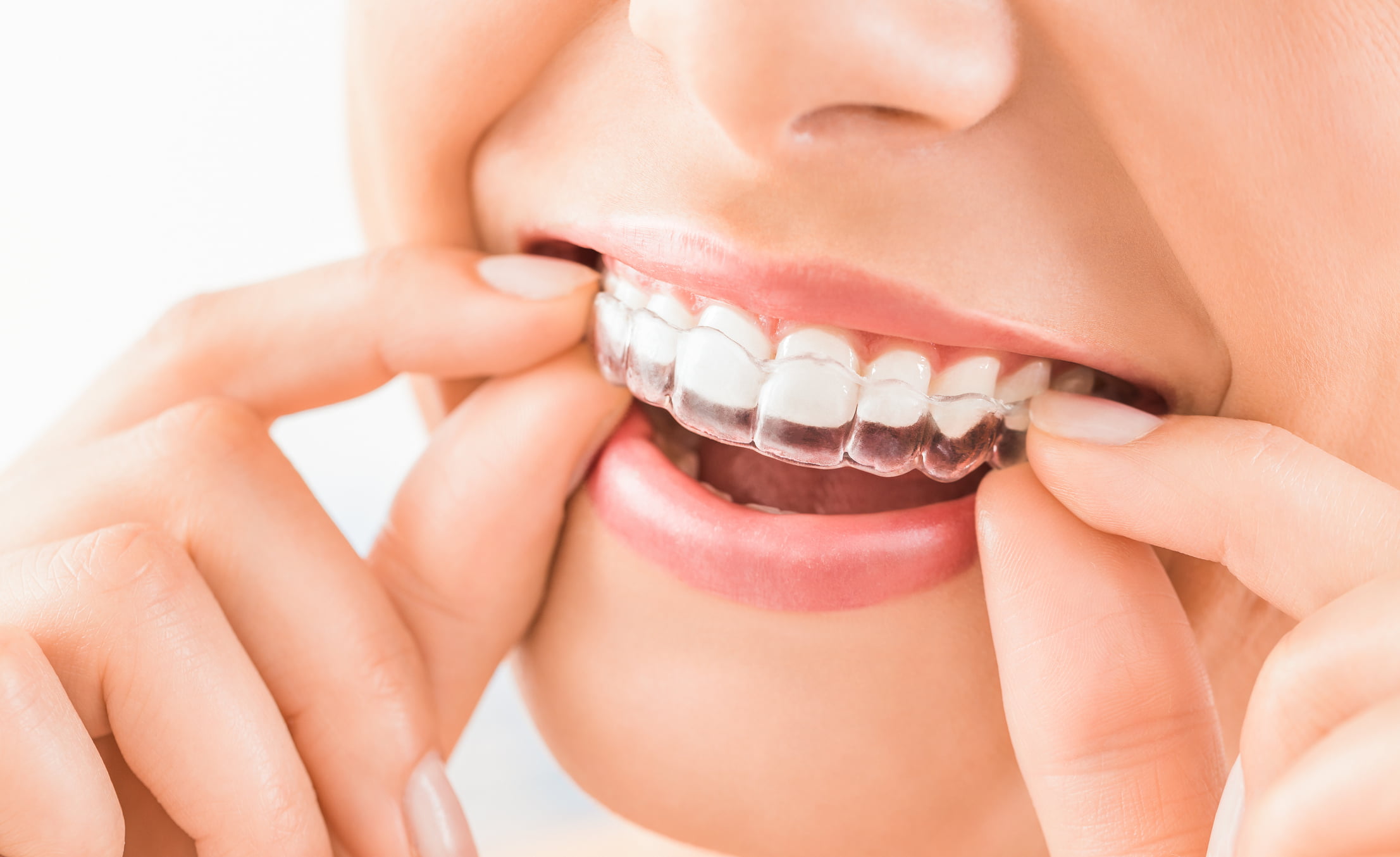
Invisalign 101 How it Works, Pros & Cons, Cost Maple Dental Health Blog
Under the question of how does Invisalign work, it usually takes 21-22 hours a day. If lesser time is given, then the treatment will become prolonged. Aligners are set according to the condition of the patient. Primarily, dentists recommend wearing rubber bands along with Invisalign if the condition is worse. Rubber bands speed up the recovery.
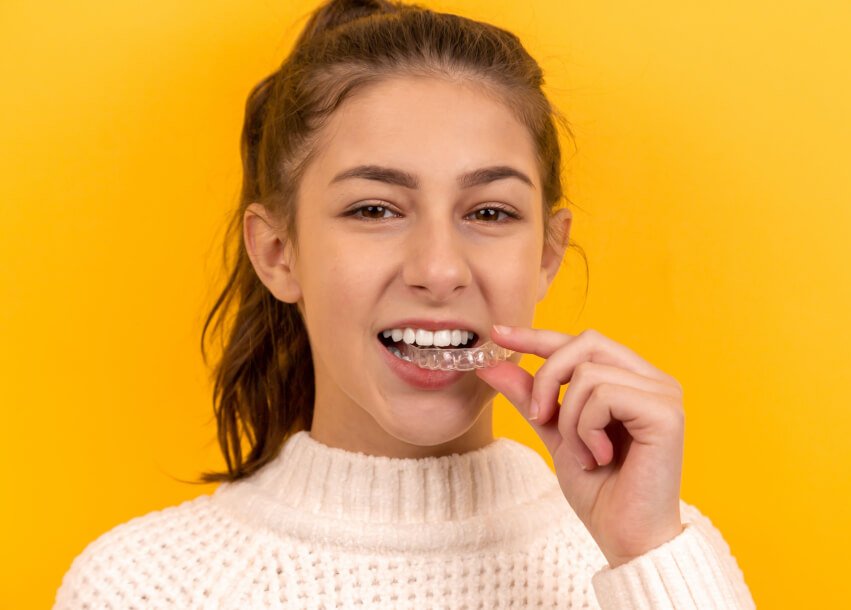
How to put rubber bands on Invisalign aligners Sensational Smiles
Rubber bands work for Invisalign the same way they work for braces. You may require attachments to repair a bad bite, such as a crossbite, open bite, underbite, or an overbite. There are three classifications of rubber bands. Class 1 elastics: These close the gaps between your teeth and run from the upper first or second molar to the upper.

What Are Invisalign Rubber Bands? Loudoun Orthodontics
Your Invisalign rubber bands attach either to the Invisalign attachments on your teeth or special hooks designed right into your clear aligners. Understandably, Invisalign elastics might seem confusing at first. But rest assured, the team at Okuda Orthodontics will teach you how to put your rubber bands in at the start of treatment.
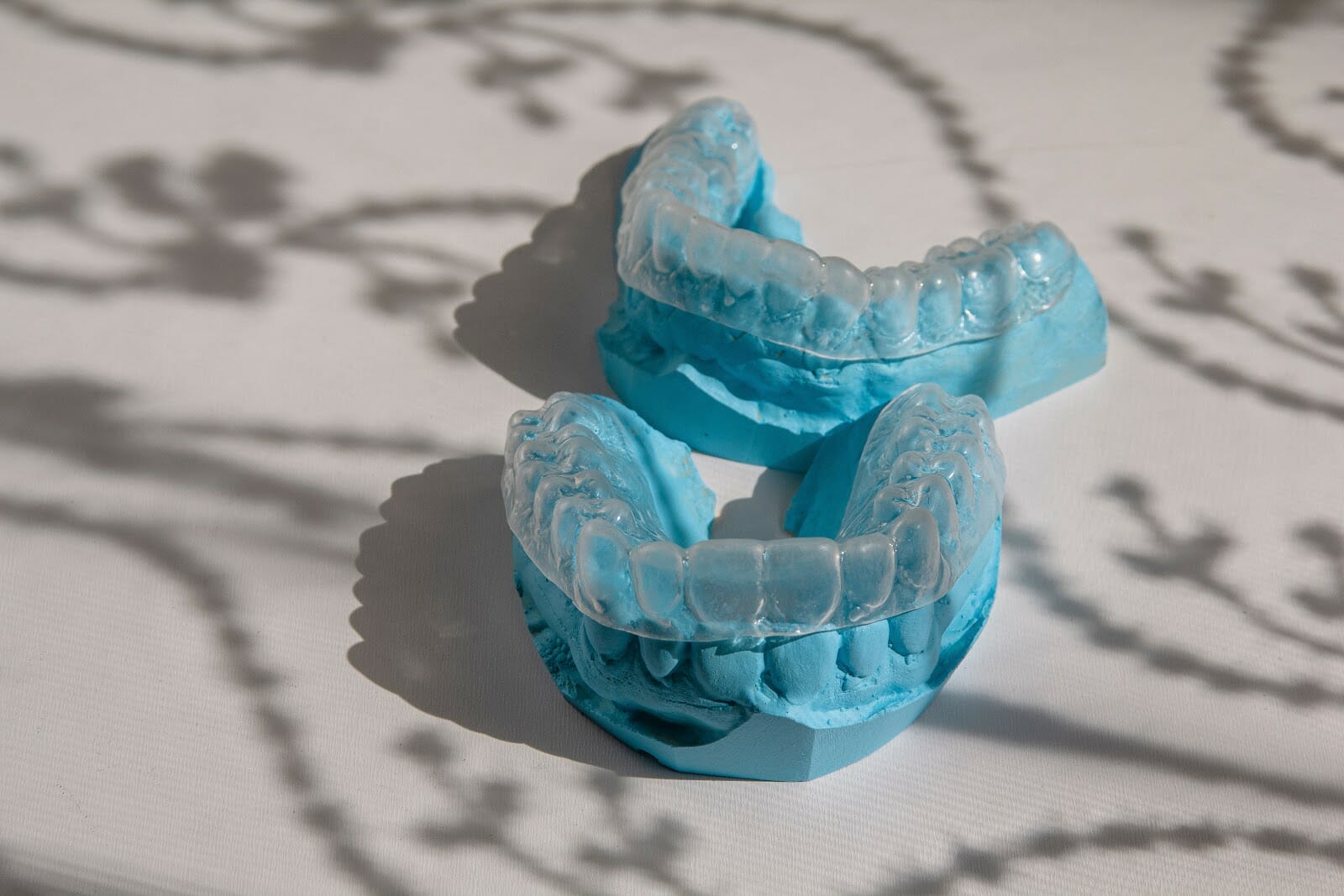
Invisalign Rubber Bands Do You Really Need Them?
The Invisalign Doctor Locator tool can help you find find an Invisalign trained doctor in your area who can help you get the smile you want. My Invisalign Patient Login | For Doctors. Take the Invisalign Smile Quiz Find a Doctor: Go. MENU. How Invisalign Works. How Invisalign Works.
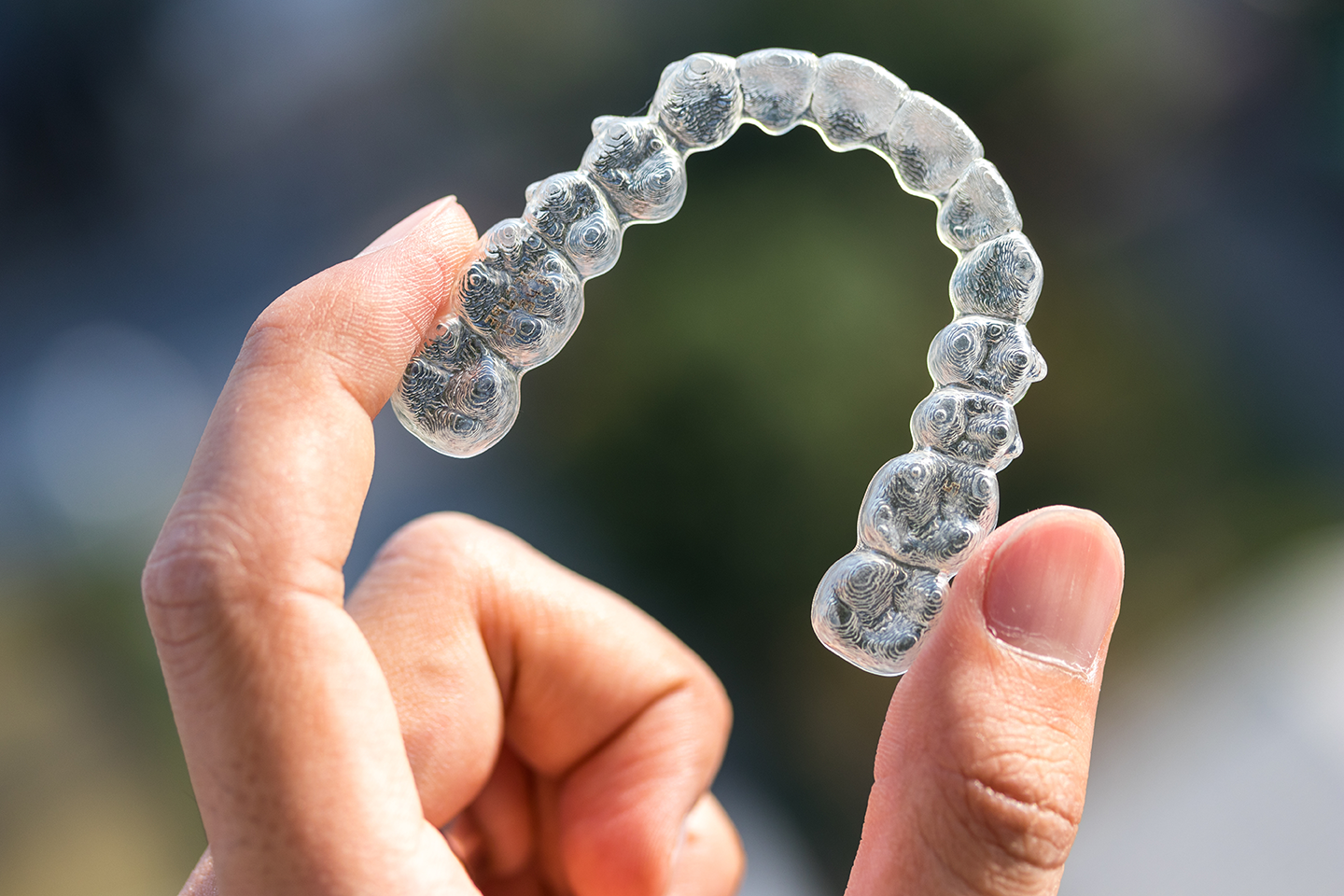
Invisalign Clear Aligners Invisible Braces Dublin Dental Care
Invisalign Rubber Bands for Anterior Open Bites: An anterior open bite is characterized by the front upper and lower teeth slanting outwardly, leaving a gap when the mouth is closed. Invisalign can potentially treat mild open bites in adults using elastics that connect the top and bottom front teeth. A small research review in 2017 highlighted.